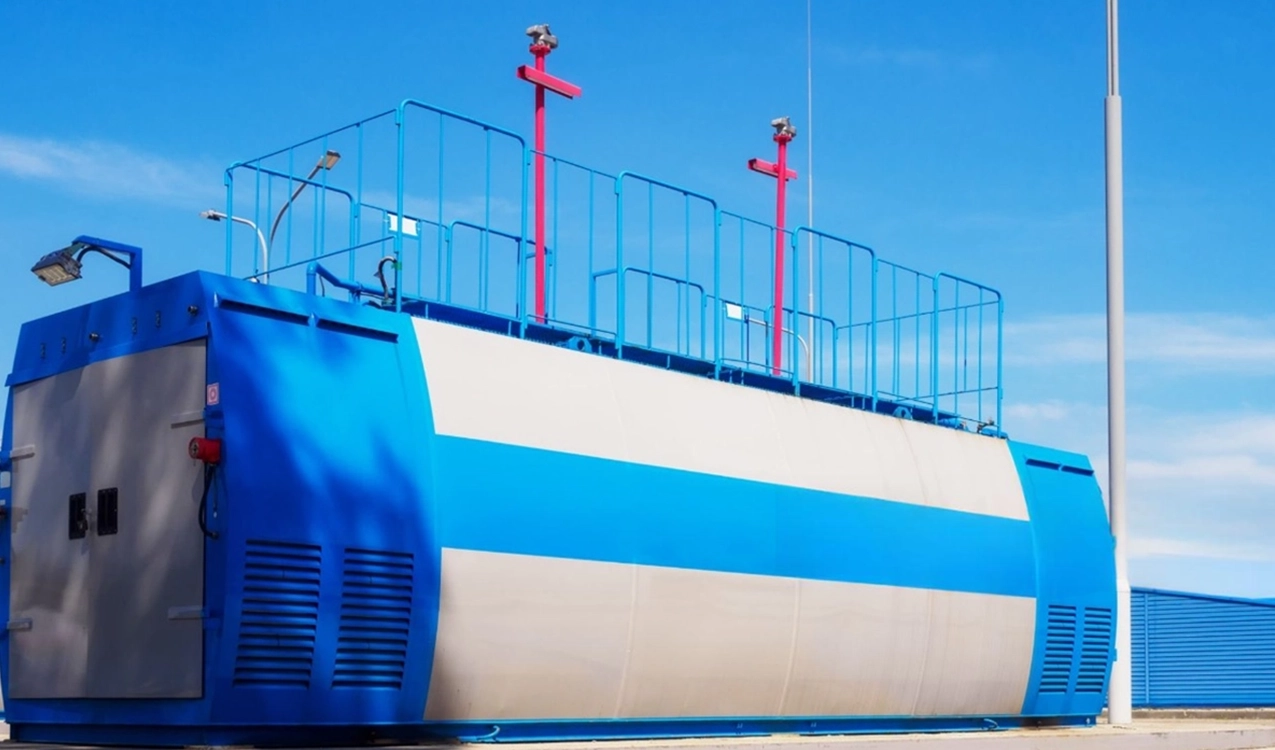Working: 8.00am - 5.00pm
Working: 8.00am - 5.00pm

Specialized services focused on the inspection, testing, and maintenance of underground fuel storage systems. Our comprehensive approach ensures tank integrity, leak prevention, and compliance with environmental regulations while protecting your business from the significant financial risks associated with tank failures.
Underground storage tanks require expert attention to maintain operational reliability and prevent environmental contamination. Through advanced testing technologies and systematic inspection protocols, potential issues are identified early before they develop into costly problems. This proactive maintenance strategy maximizes tank lifespan while ensuring continuous regulatory compliance.
Precision testing methods that identify even minor leaks before environmental damage occurs
Specialized corrosion prevention systems that extend tank lifespan and integrity
Documentation and verification of all required tank testing and inspection records
Expert guidance on tank system modernization and technology improvements
Proper underground storage tank management is essential for both operational continuity and environmental stewardship. The comprehensive tank services include regular inspection schedules, detailed condition assessments, and proper documentation to support both operational reliability and regulatory compliance. With specialized knowledge of tank systems and environmental requirements, these services provide peace of mind while protecting your significant infrastructure investment and preventing the potentially devastating costs of remediation.
Underground storage tank systems require specialized expertise for proper inspection and maintenance. The structured approach ensures comprehensive evaluation of all tank components while documenting compliance with regulatory requirements. This methodical process identifies potential issues before they develop into serious problems, protecting both your operation and the environment.
Tank System Configuration Analysis
Record Review & Compliance Verification
Existing Documentation Evaluation
Risk Assessment Classification
Precision Leak Detection Testing
Cathodic Protection Evaluation
Line Tightness Verification
Sensor & Alarm Function Testing
Critical Component Maintenance
Early-Stage Issue Remediation
System Calibration & Adjustment
Equipment Upgrade Implementation
Comprehensive Testing Report Generation
Regulatory Compliance Certification
Maintenance Schedule Development
Future System Recommendations
Below are answers to common questions about underground storage tank maintenance and testing. Understanding these aspects helps you better manage your fuel storage infrastructure.
Our Trusted Clients








